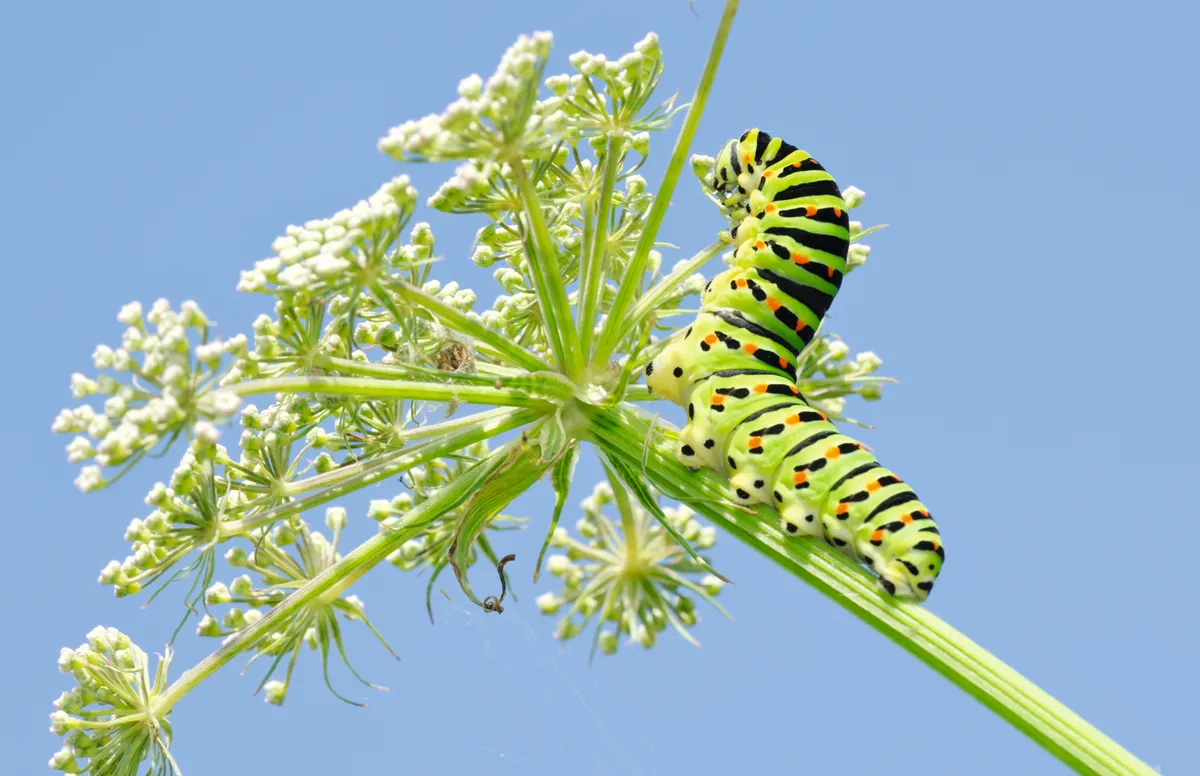In perhaps as many as 60% of all insect species a worm-like larva transforms into a more distinctive adult, but how did this stage evolve? Zoologist Jules Howard explains...
So, a larval stage must have some evolutionary advantage. It might be that larvae, many of whom burrow, can live in environments where predators struggle to co-exist, or that a mobile larva that can find its own food gets more nutrition than if it had to rely on the finite energy supply of an egg.
The most popular idea is that the strategy allows a species’ adult and juvenile forms to co-exist in the same habitat.
So a rainforest that can support both juvenile caterpillars feeding on leaves and adult butterflies feeding on flowers will be more highly populated than an imaginary one where they compete to eat flowers, for example.
Plus, what is the difference between a grub, a caterpillar and a nymph? Naturalist and author Amy-Jane Beer explains...

These are names for the immature forms of insects whose life history involves a metamorphosis. In some, such as house fly maggots, beetle grubs, crane-fly leatherjackets and moth and butterfly caterpillars, the transformation happens all in one go, during an intermediate pupal stage.
In the case of dragonflies, mayflies and grasshoppers, however, metamorphosis is gradual, each youngster passing through several developmental stages (instars) separated by a moult. These forms are known collectively as nymphs.
If in doubt, it’s usually safe to use the broadest term, larva – a bit of a catchall that can also be used for the young forms of other animals that undergo some form of developmental metamorphosis, including amphibian tadpoles, lamprey ammocoetes, crab zoea, sea urchin plutei, the planulae of jellyfish, corals and anemones, and literally dozens of crustacean forms.
Do you have a wildlife question you’d like answered? Email your question to wildquestions@immediate.co.uk or post it to Q&A, BBC Wildlife Magazine, Immediate Media Company, Eagle House, Bristol, BS1 4ST.
Main image: Mullein moth caterpillar feeding on mullein. © Shaun Wilkinson/Getty
